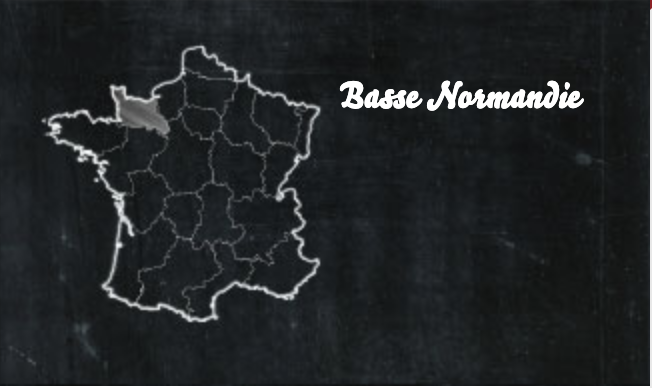Camembert is undoubtedly the most famous of the French cheeses.
It is the king of cheeses, or at the very least the most popular one. It is a mainstay of every cheese plate and also lends itself to many surprising culinary configurations. Traditionally made from raw milk, today Camembert is for the most part made from pasteurised milk.
Camembert

Origin
Characteristics
– Camembert de Normandie AOC since 1983.
– Soft mould-ripened cheese.
– 45% fat content.
– Flat cylinder, 10.5 to 11 cm in diameter, weighing a minimum of 250 g.
– White to creamy yellow colour, soft rind with a mouldy white surface with visible patches of red. Camembert de Normandie AOC is made exclusively from raw milk and moulded with a ladle.
– Production: 145,768 tonnes, including 14,300 tonnes of AOC Camembert.
Gastronomie
Camembert has various different uses in cuisine. With the rind removed and melted in cream, it turns into a thick sauce for red meat, poultry, and even fish.
It also lends itself to surprising recipes like Camembert puff pastry with apples.
Production
First, rennet is added to the milk, then the curd is moulded with a ladle (six ladlefuls 60 minutes apart for each Camembert). Afterwards it will be salted and inoculated. A thin, white bloom will delicately cover the cheese. Finally, it will be aged for 15 days in a drying room so that the cheese develops its ensemble of flavours. The pasteurisation of the milk allows for mechanised production, particularly during coagulation. On continuous curdling machinery, the coagulated milk is cut into small cubes to facilitate moulding.
In 1791, at the Manoir de Beaumoncel in the village of Camembert, Marie Harel met a defiant priest from Brie who was fleeing the Revolution. He taught her a new way of making Camembert, which at the time was a fresh cheese, that gave it a rind and allowed it to travel on every continent.
At that time, the round box made from poplar wood was a veritable revolution that allowed Camembert to brave even the longest journeys. The meeting of Mr Leroy and Mr Ridel at the end of the 19th century allowed for the box to be perfected: two very thin rounds of poplar wood joined by a long strip of the same wood and fastened with tiny nails.
Production Area
The Auge region, around Lisieux, is the traditional birthplace of Camembert. It is a region of small, wet valleys, with a temperate climate. In springtime, the crimson buds of the apple trees burst open and a symphony of white petals dusts the land, which is scattered with beautiful Tudor-style houses.
Created in 1968, the Président brand of Camembert revolutionised what was being offered to consumers: it was exactly the same all over the globe, as opposed to the differences in the quality of raw-milk Camembert; Président’s pasteurised Camembert sported a name and a look that contrasted sharply with the brand confusion of that time.
Both informative and illustrative, the first Camembert labels date from the 19th century, but this pictorial sphere will not really start to accelerate until the beginning of the 20th century. The commercial tenacity of Norman families to supply the four corners of the globe with Camembert, coupled with the poor protection of the cheese’s name and production, promoted the growth of several local operations as early as the First World War. Even today, from Brazil to Japan via Iceland, you will find “Camembert”, sometimes in the most unexpected shapes, which is a testament to the universal popularity of this cheese.